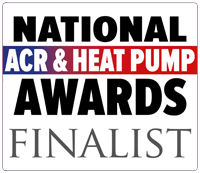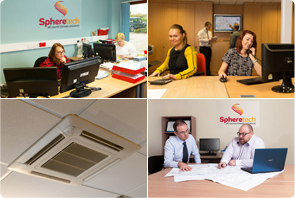Kigali and the proposed ban of HFC gases (Hydroflurocarbons)
You may have read in the news about the agreement reached by 150 countries, to phase out harmful Hydrofluorocarbons (HFCs) that impact on global warming.
The agreement in Kigali Rwanda this month, established that developed countries will cut back on the use of HFC’s from 2019.
The agreement effectively forms an amendment to the Montreal Protocol which dates back to 1989.
At the Montreal Protocol it was established that CFC, (Chloroflurocarbons), used in refrigeration and air conditioning systems were to be phased out over a period of time. This was agreed in order to reduce the effect of CFC’s causing damage to the Ozone layer.
These blends of refrigerant gas had what is known as ODP, (Ozone Depletion Potential).
“Reports suggest the Ozone layer is showing signs of healing”
This decision has since proven to have been effective, with reports suggesting that the Ozone layer is slowly showing signs of healing.
These blends of refrigerant were gradually replaced with HFC’s, which although they had zero ODP and as such posed no threat to the Ozone layer, they did contribute to Global Warming as a result of their GWP, (Global Warming Potential).
The Global Warming Potential (GWP) was developed to allow comparisons of the global warming impacts of different gases. Specifically, it is a measure of how much energy the emissions of 1 ton of a gas will absorb over a given period of time, relative to the emissions of 1 ton of carbon dioxide (CO2). The larger the GWP, the more that a given gas warms the Earth compared to CO2 over that time period. The time period usually used for GWPs is 100 years.
The refrigeration industry has reacted over recent years with the development of lower GWP blends of refrigerant.
An example is that in the case of R22 a gas used for a number of years, being phased out, it took from 2005 until 2015 to culminate in a total ban of future use and it should be also understood that R22 equipment can continue to be used and operated today, providing that the refrigerant does not have to be replaced or added to.
The most commonly used refrigerant now in air conditioning equipment today is R410A which has a zero ODP but has a GWP of 2088, but the introduction of R32, (although in its early stages of implementation), is a significant step forward in further reduction, as R32 has a GWP of 675.
It should be noted that the use of current refrigerants will not be frozen for some years to come and that any phase out will be gradual and we will of course keep our customers fully updated over the course of this implementation as we did with the phase out of R22.
If you have any further questions please do not hesitate to contact us.








